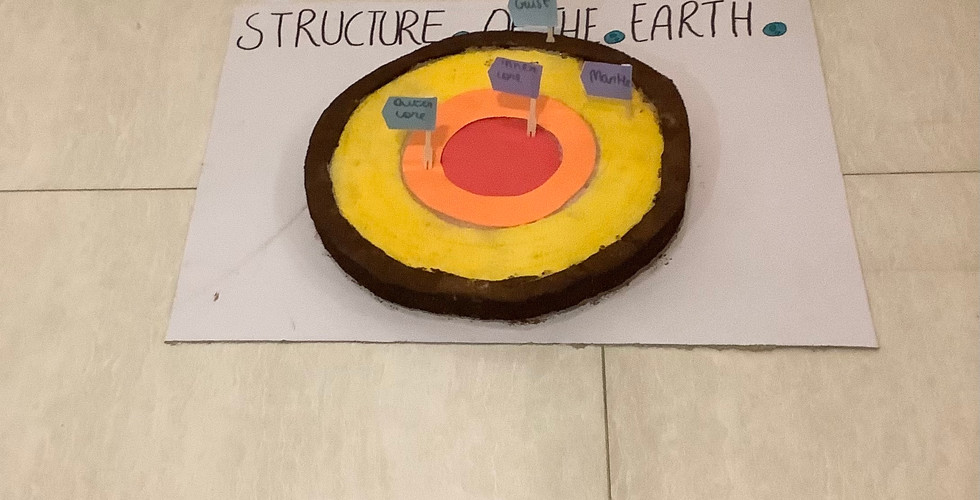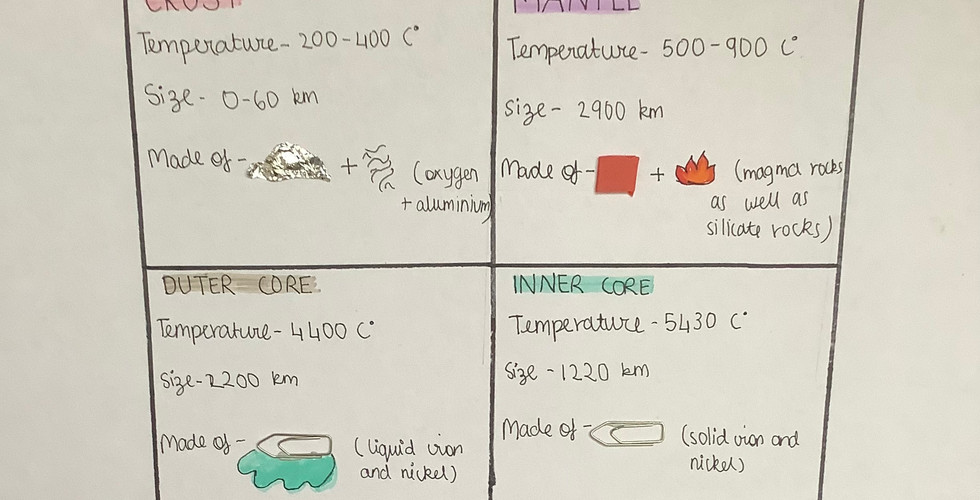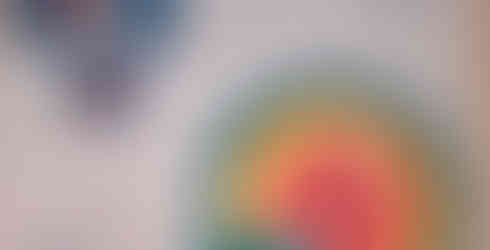Mountain ranges tower to the sky. Oceans plummet to impossible depths. Earth’s surface is an amazing place to behold. Starting at the center, Earth is composed of four distinct layers. They are, from deepest to shallowest, the inner core, the outer core, the mantle and the crust.
The crust is the outside layer of the earth and is made of solid rock, mostly basalt and granite. There are two types of crust; oceanic and continental. Oceanic crust is denser and thinner and mainly composed of basalt. Continental crust is less dense, thicker, and mainly composed of granite. The mantle lies below the crust and is up to 2900 km thick. It consists of hot, dense, iron and magnesium-rich solid rock. The crust and the upper part of the mantle make up the lithosphere, which is broken into plates, both large and small. To learn more about these plates see the Plate Tectonics page. The core is the center of the earth and is made up of two parts: the liquid outer core and solid inner core. The outer core is made of nickel, iron and molten rock.
Grade 8 Geography students explored the structure of the Earth by designing a 3d model and demonstrating it further. Models were made using home - based items such as clay, Styrofoam, bowl, dish, plastic cups, ball etc. We also had a cake model of the structure of the Earth. Isn’t it interesting and yummy…
School - Garodia International Centre for Learning in Mumbai, GICLM
The above model of the structure of the Earth is made using:
Plastic dishes, chart paper, water color and sponges.
The above model of the structure of the Earth is a Cake!
The above model of the Earth is made using:
styrofoam, chart paper, paint, an old silicone mobile case cover!
The above model of the structure of the Earth is made using colorful CLAY!
The above model of the structure of the Earth is made using:
a dish, colorful chart papers, a plastic ball and a steel bowl!
























Comments